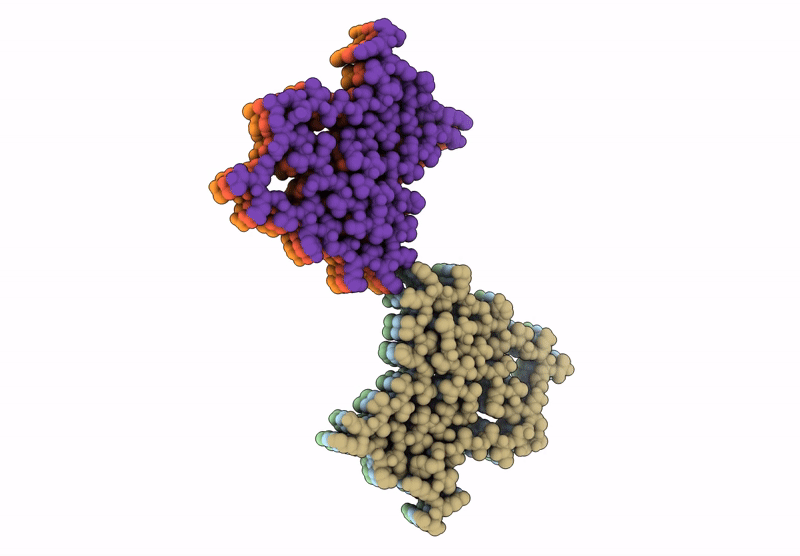
Deposition Date
2024-10-17
Release Date
2025-04-23
Last Version Date
2025-04-23
Method Details:
Experimental Method:
Resolution:
2.60 Å
Aggregation State:
FILAMENT
Reconstruction Method:
HELICAL


